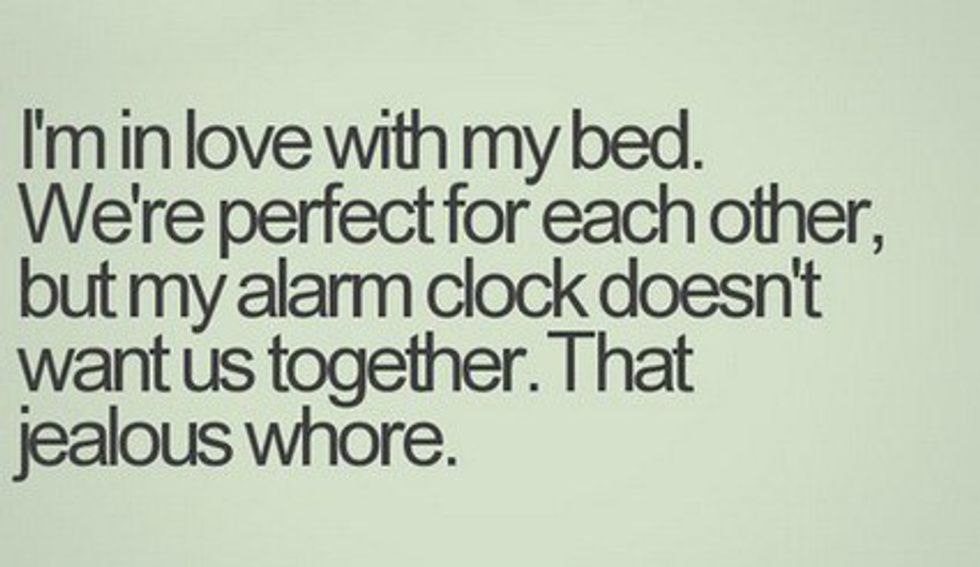If America is so wealthy then why are so many of its citizens living in poverty? Do those in poverty have a voice or worth in America? How does one end up in poverty? Did those who are in poverty bring that burden upon themselves? Is poverty even a burden to some people? Many of these questions have been asked in regards to poverty. It is true that America is the richest country on earth? D. Stanley Eitzen, Colorado State University State Sociology Professor, and Kelly Eitzen Smith, associate director of the Center for Applied Sociology, wrote a book which is called Experiencing Poverty: Voices From the Bottom. In that book, they mentioned some truth about poverty in America. Eitzen and Eitzen Smith actually stated that the United States is the richest country on earth. "The United States has the great natural resources, the most advanced technology, and a very high standard living. At the same time, when compared with other industrial democracies of the West, the United States has the highest proportion of its population living in poverty" (Eitzen and Eitzen Smith, 2009, pg. 1). I've discovered that poverty exist more frequently in the South than any part of United States. I'm convinced of that because i'm from the South. According to Eitzen and Eitzen Smith, the three places with the highest rate of poverty in 2004 were the District of Columbia (18.3%), Louisiana (19.2%), and Mississippi (19.3%). This explains why so many people in New Orleans weren't able to evacuate during Hurricane Katrina in 2005. Not only weren't people able to evacuate in New Orleans, but also in Mobile, Al and Mississippi. I know that in New Orleans and Mobile, the most of the African American community goes to the housing projects during hurricanes. The bricks hold up pretty well during bad weather. I remember when Mobile, Al was hit by Hurricane Ivan in September 2004. My family was living in the R.V. Taylor Housing Projects during this time. We couldn't afford to move, therefore we stayed in our apartment. Then in August 2005, we were hit by Hurricane Katrina. We also stayed in the housing projects during this time also. We couldn't afford to pack up and leave to another state or town where the hurricane didn't hit. We never even took a family vacation because of poverty. But that's going told more or personal experience with poverty. A lot of the people who stayed in New Orleans during Hurricane Katrina didn't have transportation or finances. According to statistics In 2013, Mississippi ranked at number 1 with 22.4%, New Mexico at number 2 with 20.4%, Alabama at number 3 with 19%, and Kentucky with 4 at 19%. The three states with the least amount of poverty was New Hampshire with 8.3%, Alaska with 9.9%, and also with Maryland 9.9%. Now lets's take a look at the people who are in poverty. It is said that minorities are more likely to be poor. According to statics in 2013, Whites were ranked at 10.6%, Asian Americans at 12.5%, Latinos 24.8%, African Americans 27.1%, and Native Americans at 28.4%. I believe that African Americans in the South are impoverished at a high rate because of the history of slavery in the South. This is only the beginning of my uncovering of the impoverished. There's more to come. I have more statistics, more stories, and more topics on poverty in America.
Before I end this, I will like for you to discover where you stand or where you would like to stand in regards of the social class ladder. Here are the following ranks of social class in America:
1. Capitalist- Has an education from a prestigious university with occupations as investors and heirs, a few top executives, and with an income at $1,000,000+. This makes up 1% of the population.
2. Upper Middle- Has an education from a college or university, often with a postgraduate study with occupations as professionals and upper managers, and with an income at $125,000+. This makes up 15% of the population.
3. Lower Middle- Has an high school or college education with occupations as semiprofessionals and lower managers, craftspeople, and foremen. People in this class have an income at about $60,000 and this makes up 34% of the population.
4. Working- Has an high school education with occupations as factory workers, clerical workers, low-paid retail sales, and craftspeople with an income at about at $36,000. This makes up 30% of the population.
5. Working Poor- Has an high school or some high school education with occupations as laborers, service workers, and low-paid salespeople with an income at about $19,000. This makes up 15% of the population.
6. Underclass- Has some high school education and are unemployed, part-time, or on welfare with an income under $12,000. This makes up 5% of the population.























